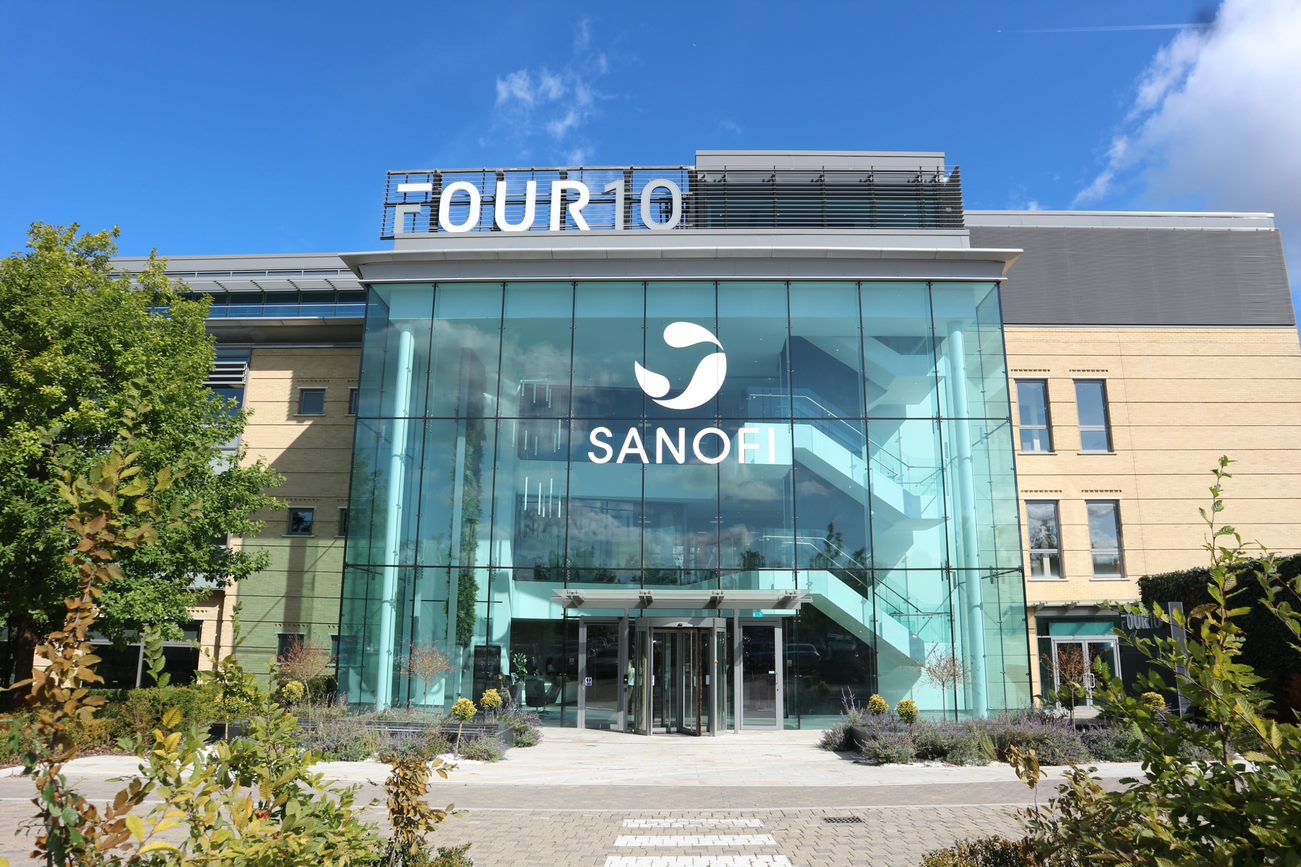
Sanofi to invest $9.5B expanding portfolio in rare immunological disease
Sanofi has agreed to acquire Blueprint Medicines for up to $9.5 billion, signaling a focused strategy to grow its rare disease and immunology portfolio. The transaction includes $129 per share in cash, totaling $9.1 billion, and up to $400 million in contingent value rights tied to development milestones.
The move strengthens Sanofi’s pipeline just as its blockbuster Dupixent faces future competition. With rare disease assets promising market exclusivity and regulatory efficiency, Blueprint aligns well with Sanofi’s reshaped focus. The acquisition builds on a series of immunology-focused investments made since 2023.
Ayvakit’s commercial traction and its promise for market expansion
Central to the deal is Ayvakit, approved in both the United States and Europe for treating advanced and indolent systemic mastocytosis. The drug earned $479 million in 2024 and posted $150 million in revenue in the first quarter of 2025. Peak sales are projected to reach $2 billion by 2030.
Ayvakit faces limited competition in its class. Sanofi plans to expand its market reach by integrating the drug into its commercial framework, capitalizing on the company’s global footprint.
A closer look at the clinical pipeline
The Blueprint pipeline offers more than just Ayvakit. Elenestinib, a KIT D816V inhibitor, is in Phase 2 and 3 trials and is viewed as a potential follow-up or complement to Ayvakit. BLU‑808, a wild-type KIT inhibitor in early development, forms the basis of the contingent value rights.
These assets, while early in development, offer potential for future approvals across hematology and oncology applications. The layered nature of Blueprint’s pipeline gives Sanofi both immediate revenue and long-term opportunity.
Financial, operational, and market implications for Sanofi
Sanofi expects the acquisition to immediately improve margins and to contribute to earnings per share by 2026. The deal is funded through existing cash and new debt. Analysts estimate a post-tax return of 11 percent by 2031, exceeding Sanofi’s average cost of capital.
Investor response was mixed. Blueprint’s stock rose nearly 28 percent on the news, while Sanofi’s fell about 1 percent. Market watchers noted that while the premium is high, the deal offers risk-adjusted value, especially if BLU‑808 progresses successfully.
Sanofi joins a growing number of large pharmaceutical companies investing in targeted therapies. The rationale is clear: rare disease treatments often achieve strong pricing, faster regulatory paths, and clinical differentiation.